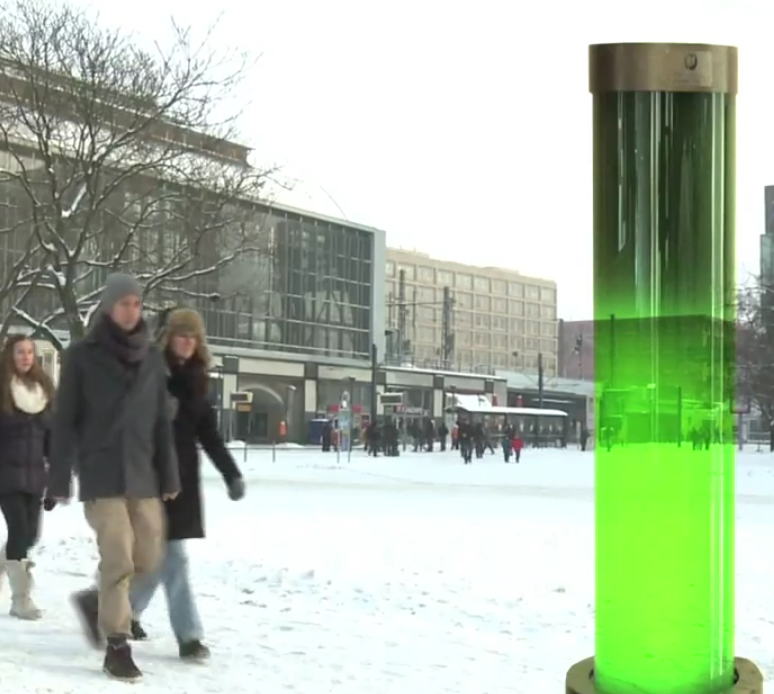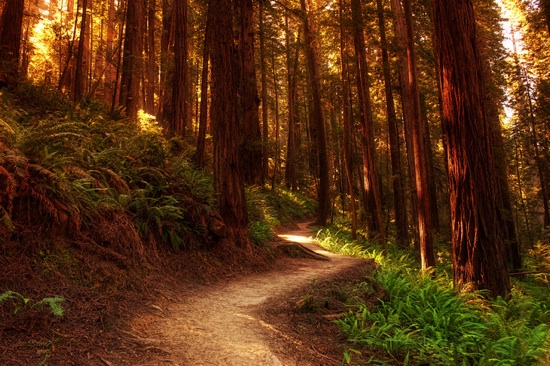In just a few months, California will close dozens of state parks. But what does that actually mean? KQED, a rad West Coast public radio station, has a series looking deeper into the issue, and from what we can tell, closing state parks means nature’s on the loose with NO ADULT SUPERVISION.
Now, that can be a good thing or a bad thing. The parks will still be open to the public. But the services will be gone. So if you want to pee at a closed state park, you will have to pee in the woods. The trails won’t be maintained, so you’ll have to climb over fallen trees and maybe plan a little bit and bring a compass so you don’t get lost. The parks will be less user-friendly. But for some bushwhacking folks, more hardcore than your average park-goer, that’s a good thing.
The fear is, though, that it will also be a welcome opportunity for vandals, drunken teenagers, and pot growers to go wild. Park rangers will still drive by occasionally, but probably not enough to keep away all the havoc-minded people, or even just all the people who can’t be bothered loading their garbage back in the car before they leave.
There is some hope for some parks — nonprofits and volunteers are taking over from the park service, for certain in nine parks and possibly in a couple dozen more. To find out which are which, just ask a high-schooler, who definitely will know which are safe to go take ‘shrooms in and which still have some semblance of law and order.



